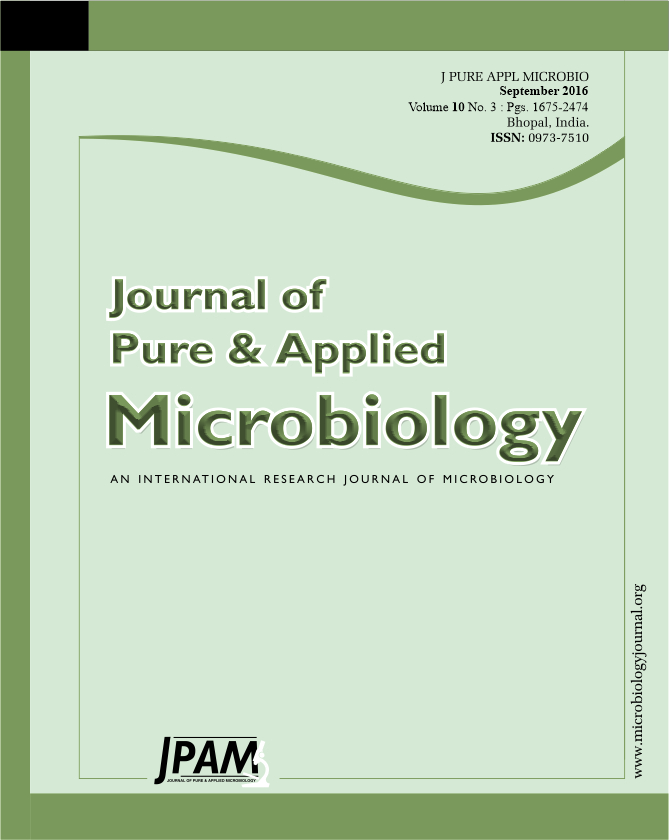A pot experiment was conducted in the Department of Soil Science and Agricultural Chemistry, Institute of Agricultural Sciences B.H.U., Varanasi, India during kharif season of 2012 to investigate the efficacy in enhancing uptake of nutrients and yield of rice crop grown in an alluvial soil. The treatments comprised of four levels of rice husk biochar (RHB) (i.e. 0, 1.8, 3.6 and 7.2 g kg-1 soil), two levels of plant growth promoting rhizobacteria (PGPR) (uninoculated and inoculated) and two levels of N, P, K and Zn fertilizers (100% and 75% of RDF). One of the important findings of the investigation pointed beneficial effects of RHB could be exploited if it was applied along with PGPR. Combined application of RHB (3.6 g kg-1 soil) along with PGPR was produced significantly higher rice yield and uptake of nutrients in rice. Inoculation with PGPR also resulted in significantly higher rice yield, nutrients uptake and their availability in soil over uninoculated conditions.
Rice yield; Rice husk biochar; PGPR; Nutrient uptake; Nutrient availability.
© The Author(s) 2016. Open Access. This article is distributed under the terms of the Creative Commons Attribution 4.0 International License which permits unrestricted use, sharing, distribution, and reproduction in any medium, provided you give appropriate credit to the original author(s) and the source, provide a link to the Creative Commons license, and indicate if changes were made.


